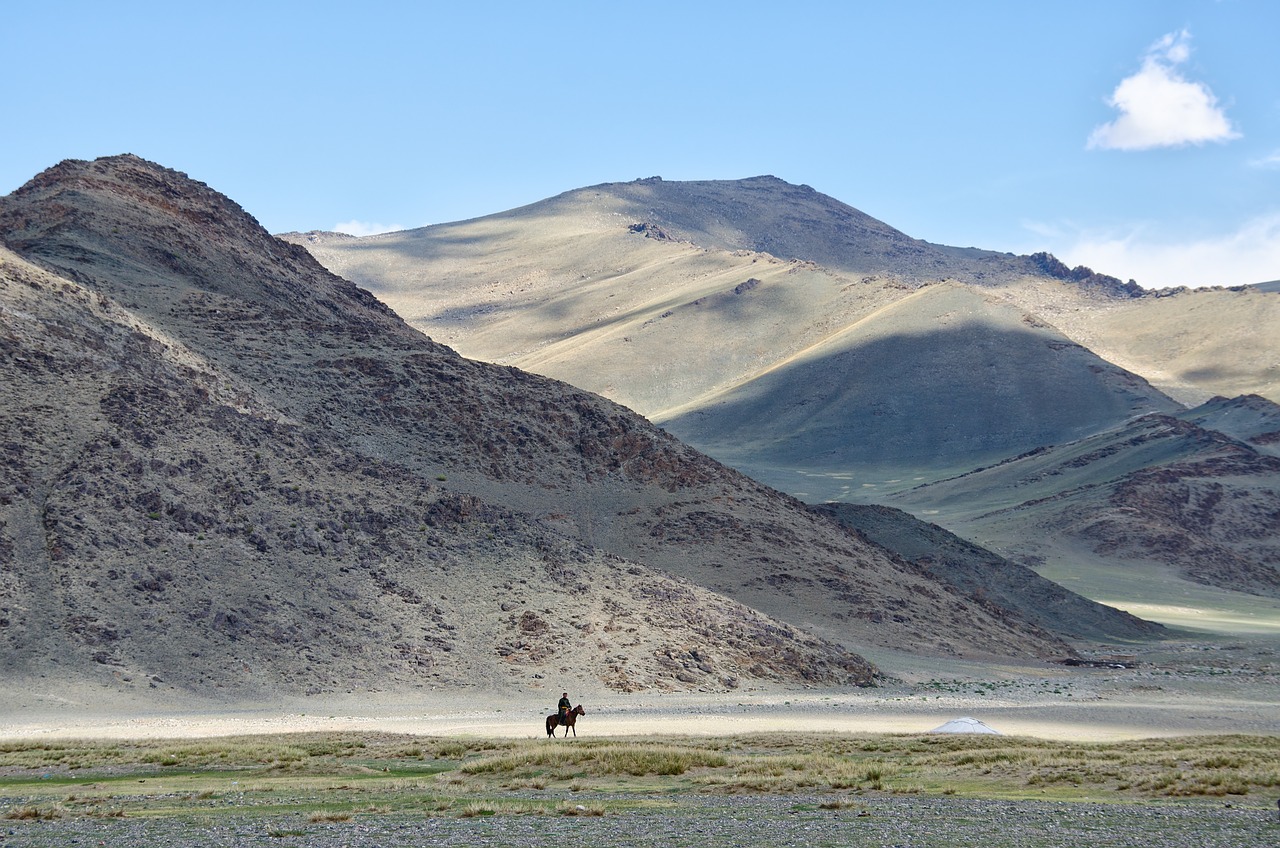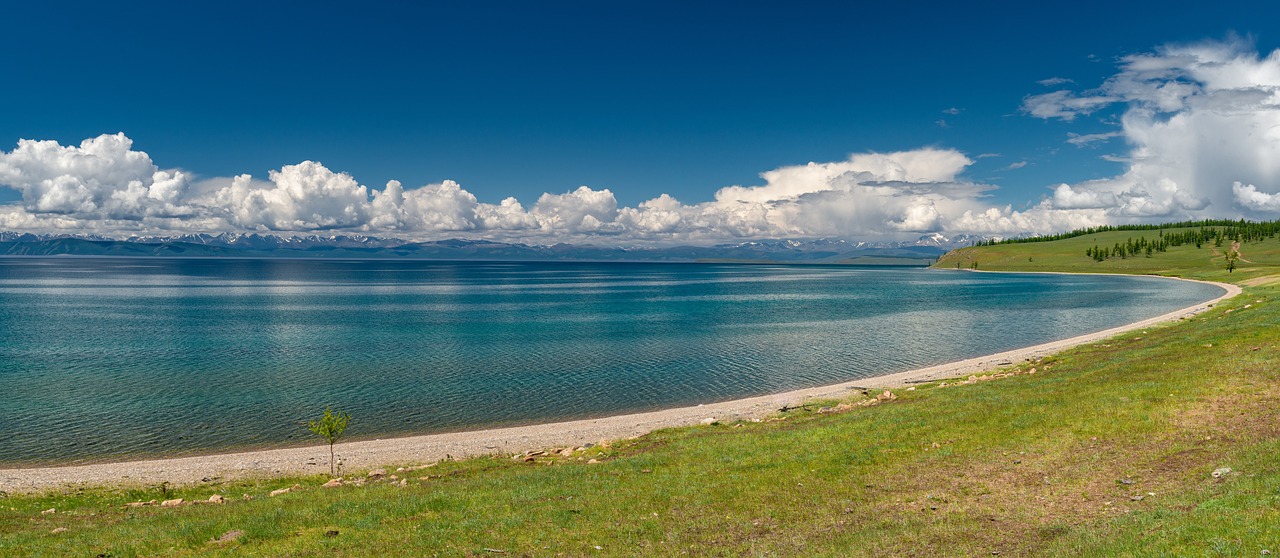Mongolia Video
Setting Up Shop in Mongolia: A Digital Nomad’s Workspace Guide
Mongolia, with its vast landscapes and rich cultural heritage, is becoming an increasingly popular destination for digital nomads looking for a unique workspace experience. Whether you’re a freelancer, remote worker, or entrepreneur, this guide will provide you with detailed information on setting up shop in Mongolia. From finding co-working spaces to exploring the local culture, this guide has got you covered.
Section 1: Introduction to Mongolia
Mongolia, located in Central Asia, is known for its nomadic heritage, stunning natural beauty, and vibrant cultural traditions. With a population of just over three million people, Mongolia offers a peaceful and serene environment for digital nomads seeking inspiration and tranquility. The country is famous for its vast steppes, rugged mountains, and unique wildlife, making it an ideal destination for those looking to escape the hustle and bustle of city life.
- Nomadic Culture: Mongolia’s nomadic culture is deeply rooted in its history and is still practiced by a significant portion of the population. Experience the traditional way of life by staying in a ger (traditional Mongolian tent) and interacting with local nomadic communities.
- Outdoor Adventures: Mongolia is a paradise for outdoor enthusiasts. From hiking and horseback riding in the mountains to camel trekking in the Gobi Desert, there are endless opportunities for adventure in this vast country.
- Fascinating History: Explore Mongolia’s rich history by visiting ancient monasteries, archaeological sites, and museums. Learn about the legendary Mongolian Empire and the reign of Genghis Khan, one of history’s most influential leaders.
Section 2: Visa Requirements and Work Permits
Before setting up your workspace in Mongolia, it’s essential to understand the visa requirements and work permits necessary for digital nomads. Here’s what you need to know:
- Visa-Free Entry: Citizens of several countries, including the United States, Canada, and the European Union, can enter Mongolia visa-free for up to 30 days. However, if you plan to stay longer or engage in work activities, you’ll need to obtain the appropriate visa.
- Business Visa: To engage in work activities in Mongolia, you’ll need to apply for a Business Visa (B-type visa). This visa allows you to stay in the country for up to 30 days and can be extended for an additional 30 days.
- Work Permits: If you plan to work in Mongolia for an extended period, you’ll need to obtain a work permit. Work permits are typically sponsored by a Mongolian company or employer, and the application process can be complex. It’s advisable to seek legal assistance to navigate the work permit process.
Section 3: Co-Working Spaces in Ulaanbaatar
Ulaanbaatar, the capital city of Mongolia, offers a range of co-working spaces that cater to the needs of digital nomads. Here are some popular options:
- The Idea Factory: Located in the heart of Ulaanbaatar, The Idea Factory offers a modern and comfortable workspace with high-speed internet, meeting rooms, and a vibrant community of like-minded professionals.
- Impact Hub Ulaanbaatar: As part of the global Impact Hub network, Impact Hub Ulaanbaatar provides a collaborative and inspiring environment for digital nomads. The space offers flexible membership options and organizes regular networking events and workshops.
- Workstation Mongolia: Workstation Mongolia is a co-working space that focuses on providing a productive and supportive atmosphere for freelancers and entrepreneurs. The space offers various membership plans, including hot desks and private offices.
Mongolia Image 1:

Section 4: Internet Connectivity
Reliable internet connectivity is crucial for digital nomads. While Mongolia’s internet infrastructure has improved in recent years, it’s essential to choose your workspace or accommodation wisely to ensure a stable connection. Here are some options:
- Co-working Spaces: Most co-working spaces in Ulaanbaatar offer high-speed internet connectivity as part of their amenities. These spaces are designed to cater to the needs of digital nomads and provide a reliable internet connection.
- Hotels and Guesthouses: Many hotels and guesthouses in Ulaanbaatar offer free Wi-Fi for their guests. Before booking accommodation, check the reviews or contact the establishment to inquire about the quality and reliability of their internet connection.
- Mobile Data: Purchasing a local SIM card and using mobile data can be a convenient option for staying connected while traveling within Mongolia. The major telecommunication providers in Mongolia offer affordable data packages for tourists and residents.
Section 5: Accommodation Options
Finding suitable accommodation is essential for a productive and comfortable workspace. Here are some accommodation options in Mongolia:
- Apartments and Condos: Renting an apartment or condo is a popular choice for digital nomads staying in Mongolia for an extended period. Websites like Airbnb and local real estate agencies offer a range of options to suit different budgets and preferences.
- Guesthouses and Hostels: Guesthouses and hostels are affordable options for short-term stays. They provide basic amenities and a social atmosphere, making them ideal for digital nomads looking to connect with fellow travelers.
- Ger Camps: For a unique experience, consider staying in a ger camp. These traditional Mongolian accommodations offer a glimpse into the nomadic way of life and are usually located in picturesque natural settings.
Section 6: Local Cuisine and Cafes
Exploring the local cuisine and cafes is an essential part of the digital nomad experience in Mongolia. Here are some must-try dishes and popular cafes:
- Buuz: Buuz is a traditional Mongolian dumpling filled with meat and served steamed or boiled. It’s a popular street food and can be found in local markets and restaurants.
- Khuushuur: Khuushuur is a deep-fried pastry filled with minced meat, onions, and spices. It’s a savory delicacy and is often enjoyed with a cup of traditional Mongolian milk tea.
- Modern Nomads: Modern Nomads is a popular cafe in Ulaanbaatar that offers a cozy atmosphere and a menu inspired by Mongolian and international cuisines. It’s a great place to work or relax while enjoying a cup of coffee.
Mongolia Image 2:

Section 7: Transportation in Mongolia
Getting around Mongolia can be an adventure in itself. Here are some transportation options to consider:
- Taxi Services: In Ulaanbaatar, taxis are a convenient and affordable way to navigate the city. Make sure to negotiate the fare before getting in and have the address written in Mongolian to avoid any communication issues.
- Ridesharing Apps: Ridesharing apps like Uber and Bolt are available in Ulaanbaatar, offering a convenient and reliable way to travel around the city.
- Public Transportation: Ulaanbaatar has a network of buses and trolleybuses that cover most areas of the city. While they may not always be the most comfortable option, they are an affordable way to get around.
Section 8: Exploring Mongolia’s Natural Beauty
Mongolia’s natural beauty is a major draw for digital nomads. Here are some stunning locations to explore:
- Khuvsgul Lake: Known as the “Blue Pearl of Mongolia,” Khuvsgul Lake is one of the largest freshwater lakes in Central Asia. It offers breathtaking views, opportunities for boating and fishing, and a chance to experience the nomadic lifestyle.
- Terelj National Park: Located just outside of Ulaanbaatar, Terelj National Park is a picturesque destination with stunning rock formations, hiking trails, and opportunities for horseback riding.
- Gobi Desert: The Gobi Desert is a vast and diverse landscape that stretches across southern Mongolia. Explore the towering sand dunes, visit ancient dinosaur fossils, and witness the unique flora and fauna that call this desert home.
Section 9: Cultural Experiences in Mongolia
Immerse yourself in Mongolia’s rich cultural heritage by participating in these unique experiences:
- Naadam Festival: Naadam is Mongolia’s most celebrated traditional festival, featuring the “Three Manly Games” of wrestling, horse racing, and archery. Experience the excitement and cultural significance of this event, which takes place in July.
- Mongolian Traditional Music and Dance: Attend a traditional music and dance performance to witness the beauty and artistry of Mongolian cultural expressions. From throat singing to traditional dances, these performances offer a glimpse into Mongolia’s rich artistic traditions.
- Museums and Art Galleries: Ulaanbaatar is home to several museums and art galleries that showcase Mongolia’s history, art, and culture. Visit the National Museum of Mongolia, the Zanabazar Museum of Fine Arts, or the Bogd Khaan Palace Museum to delve deeper into the country’s heritage.
Mongolia Image 3:

Section 10: Safety and Health
While Mongolia is generally a safe country for travelers, it’s important to take precautions and be aware of potential risks. Here are some safety and health tips:
- Altitude Sickness: If you plan to visit high-altitude areas in Mongolia, such as the Gobi Desert or mountainous regions, be aware of the symptoms of altitude sickness and take appropriate measures to acclimatize.
- Weather Conditions: Mongolia experiences extreme weather conditions, with hot summers and bitterly cold winters. Pack accordingly and be prepared for temperature fluctuations.
- Travel Insurance: It’s recommended to have travel insurance that covers medical expenses and emergency evacuation in case of any unforeseen circumstances.
Section 11: Social and Networking Opportunities
Connecting with fellow digital nomads and locals can enhance your experience in Mongolia. Here are some social and networking opportunities:
- Meetup Groups: Check out local meetup groups in Ulaanbaatar that cater to digital nomads, entrepreneurs, and professionals. These groups often organize networking events, workshops, and social gatherings.
- Expat Communities: Join online forums and social media groups dedicated to expats living in Mongolia. These communities can provide valuable insights, recommendations, and opportunities to connect with like-minded individuals.
- Language Exchange: Engaging in language exchange programs can be a great way to meet locals and improve your language skills. Consider joining language exchange meetups or using language learning apps to connect with Mongolian speakers.
Section 12: Conclusion
Setting up shop in Mongolia as a digital nomad offers a unique and enriching experience. From the breathtaking landscapes to the vibrant cultural traditions, Mongolia provides an inspiring backdrop for creativity and productivity. With the information provided in this guide, you’ll be well-equipped to navigate the visa requirements, find suitable workspaces, and explore the wonders of this beautiful country.
References
– Official website of the Mongolian Ministry of Foreign Affairs: www.mfa.gov.mn
– The Idea Factory: www.ideafactory.mn
– Impact Hub Ulaanbaatar: www.impacthub.ub.mn
– Workstation Mongolia: www.workstation.mn
– Modern Nomads: www.modernnomads.mn
– National Museum of Mongolia: www.nationalmuseum.mn
– Zanabazar Museum of Fine Arts: www.zanabazarmuseum.mn
– Bogd Khaan Palace Museum: www.bogdkhaanpalacemuseum.mn


